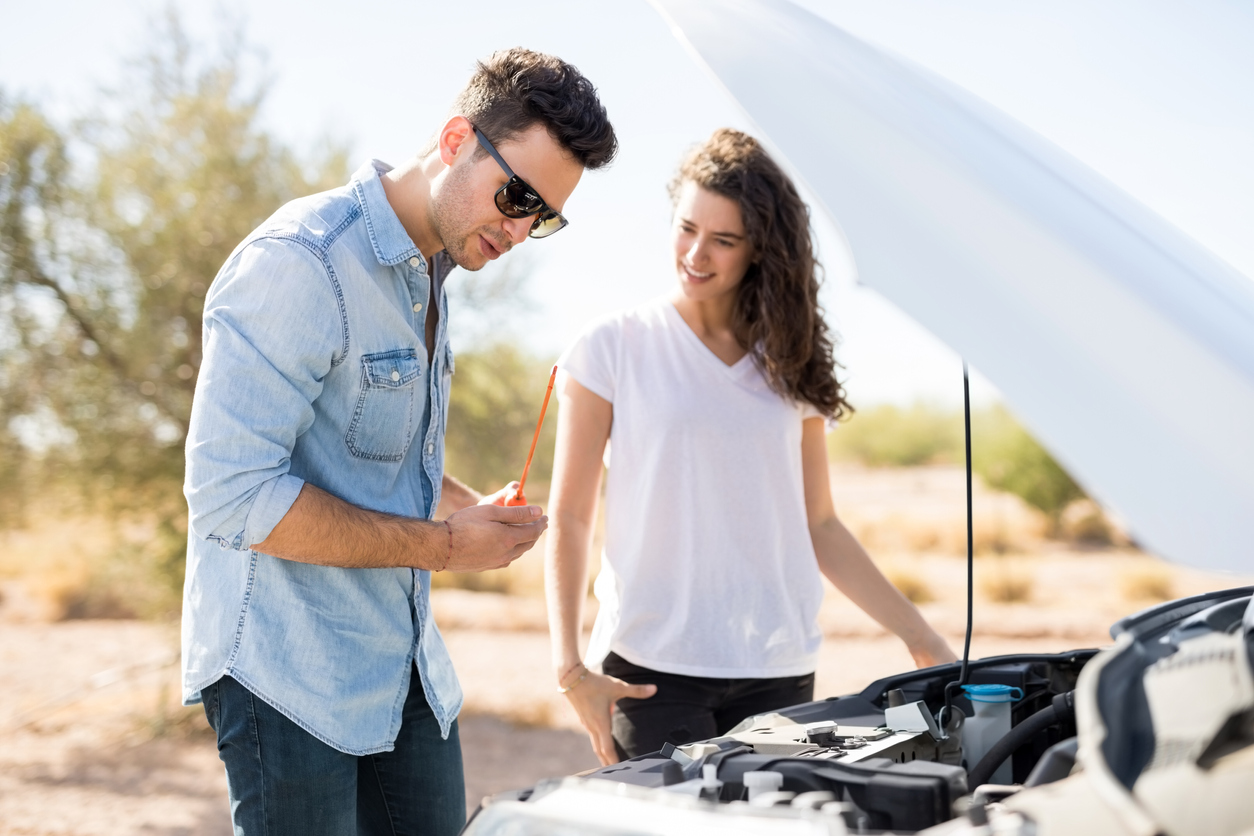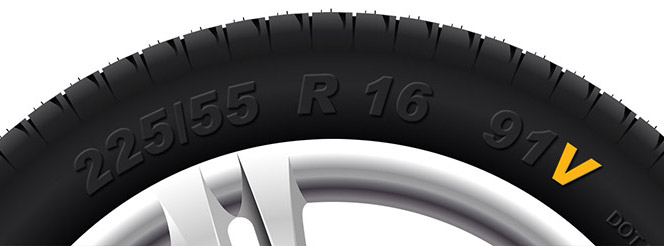Car checks that can keep you safe
Published on: Wednesday, 10 July 2019 | Author: Tyre Pros
When you’re behind the wheel, safety is paramount, and it all starts with ensuring your vehicle is in tiptop condition - but you shouldn’t necessarily wait until your annual MOT and service to check that your car is performing as it should.
In fact, there are a number of quick and simple checks you can carry out yourself to make sure that your vehicle is in good working order.
Make sure you always have enough fuel
It might sound obvious, but making sure you always have enough fuel in your tank is extremely important. Keeping an eye on your fuel levels and checking that you have plenty before a journey will ensure you don’t run out unexpectedly, reducing the chances of you experiencing a breakdown and being caught out roadside.
Assess the condition of your tyres
As a general rule, you should assess the condition of your tyres on a regular basis, keeping an eye out for any signs of wear or damage, such as cuts or bulges. It’s also a good idea to run your hand over the surface of each tyre to feel for objects that may have become stuck. If you notice anything unusual, you will need to get them checked by a professional and repaired or replaced if necessary.
Measure the tread depth of each tyre
While you’re assessing the condition of your tyres, it’s worth taking the time to measure the tread depth of each one too. Tread depth refers to the measurement between the top of the tread rubber and the bottom of the tyre’s deep grooves, and each tyre should have a sufficient amount to ensure your car can grip the road, especially in wet conditions. If not, the chances of you having an accident are significantly increased.
By law, each tyre should have a tread depth of at least 1.6mm, so it’s crucial that you make sure they do not go below this limit. To check the tread depth of your tyres yourself, simply take a 20p and slot the coin into the tyre grooves. If the outermost band of the coin isn’t visible, the tyre is above the legal limit, but if you can see it, it’s likely the tyre needs replacing.
Check your tyre pressure
Aside from tread depth, you should also make an effort to check the pressure of your tyres. Without the correct amount of pressure in each one, you could increase your risk of losing control of your vehicle, so it’s important that you make sure all of your tyres are inflated to the right level.
You can find out the correct pressure of your tyres in your car manual, and you may also be able to locate it on a sticker that can be found on the inside of the driver’s door. This information is displayed in pounds per square inch (PSI). The PSI is the number to which your tyres should be inflated. Once you know what this number is, you can use a digital tyre pressure gauge to check each tyre individually. This small device will help you determine whether you need to inflate or deflate any of them.
Keep your engine oil levels topped up
Making sure your engine oil levels are just right will help ensure your car continues to run smoothly, so it’s a good idea to inspect this on a regular basis. To check your engine oil levels, simply open your bonnet and locate the dipstick - this is usually a long, brightly coloured rod. Remove the dipstick from its tube and wipe away the oil before pushing it back in. You should then remove the dipstick again. This time you should be able to see where the oil has stuck to using the markings on the rod. This will help you determine if your oil levels are low and need topping up.
Inspect your window wipers
Over time, it’s common for your window wipers to become worn down, and you could find that they leave streaks or smears on the windscreen - which can make it difficult for you to see clearly while you’re driving, putting yourself and other road users in danger. So, if your wipers are starting to look a little tatty or you’re struggling to see the road in front of you when you’re behind the wheel, you might want to think about replacing them.
Refill your screenwash
Once you’ve checked the condition of your window wipers, you should also make sure that you have enough screenwash and top up the reservoir if needed. Ideally, you should use a good quality screenwash formula which includes an additive that prevents it from freezing when the outdoor temperatures dip. You should also make sure that you dilute the screenwash with water if necessary. Check the instructions on the bottle to see if you need to do this.
Examine the windscreen
While a clean, clear windscreen is essential for vision while you’re driving, it’s important to make sure it’s in a good condition too. It might not look like much, but a small chip or crack in the glass can be extremely dangerous. If ignored, it could lead to further damage, putting your safety at risk. To prevent this from happening, it’s a good idea to get into the habit of examining your windscreen regularly, and if you spot any damage, you should get the glass repaired as soon as possible.
Test your lights
It’s also important to check that your lights are in good working order. Not only do they allow you to drive safely of an evening, but they make other motorists aware of your presence on the roads. So, to make sure you’re safe when you’re behind the wheel, you should check that your headlights, reversing lights, brake lights, indicators and fog lights work properly.
Testing your lights is fairly quick and easy to do, but you may find it useful to ask someone to help you. While you switch each light on and off, the other person can stand outside of the vehicle. Alternatively, you could park the car near a window, wall or garage door and use the reflection of the lights to make sure they’re working as they should be.
If you’re carrying out these checks and you notice something that doesn’t seem quite right, don’t hesitate to book a service to have your vehicle assessed by a professional.




